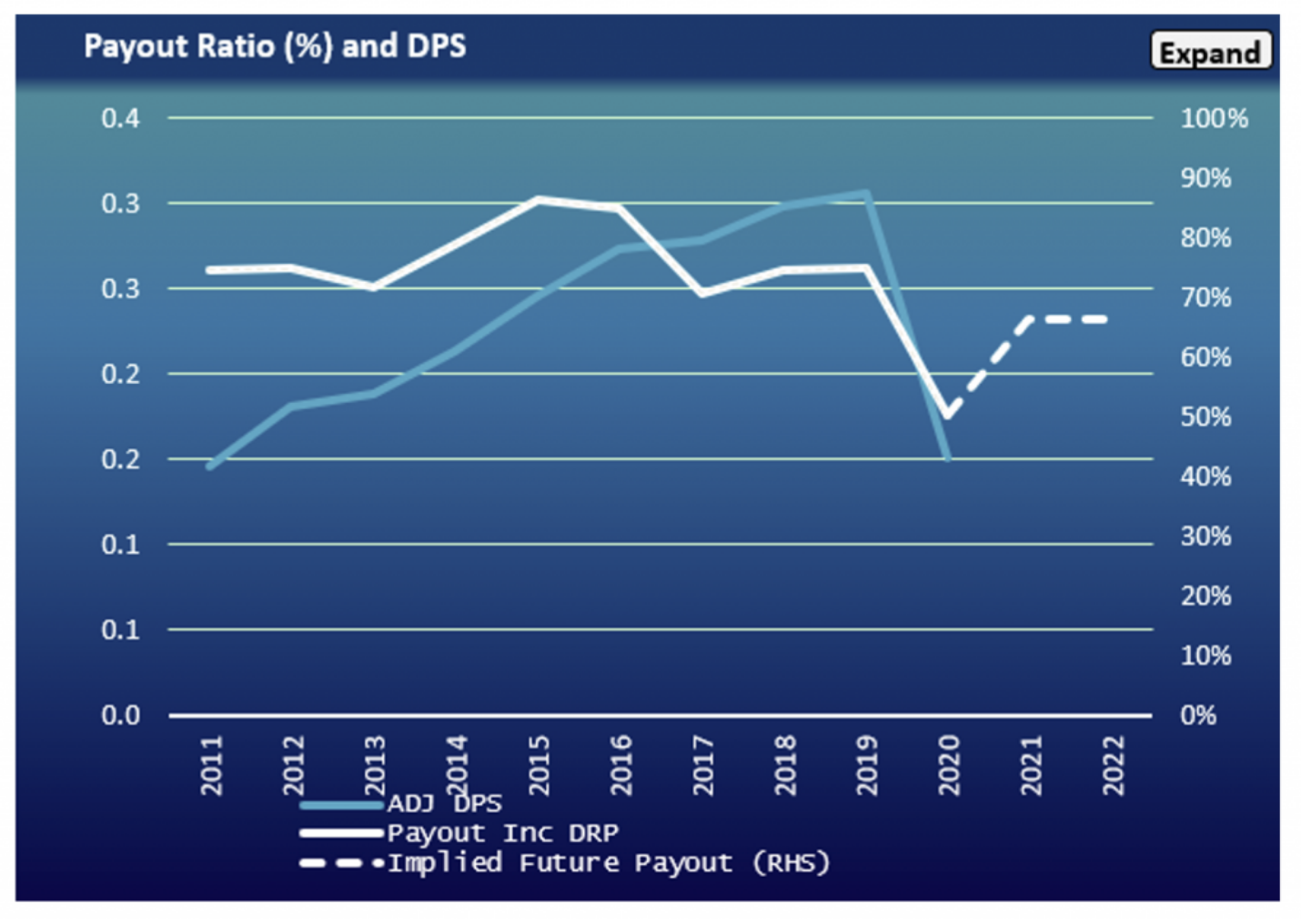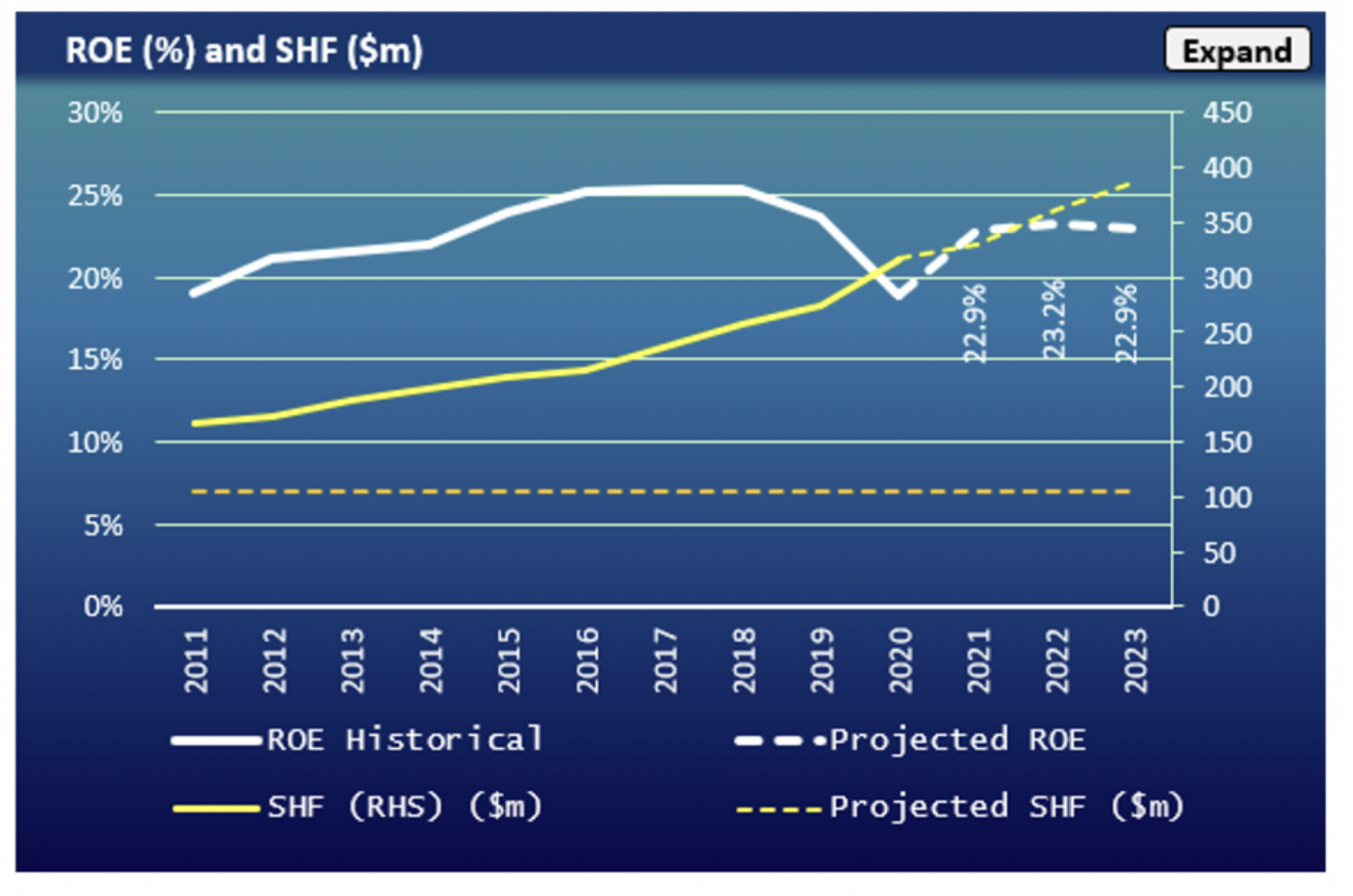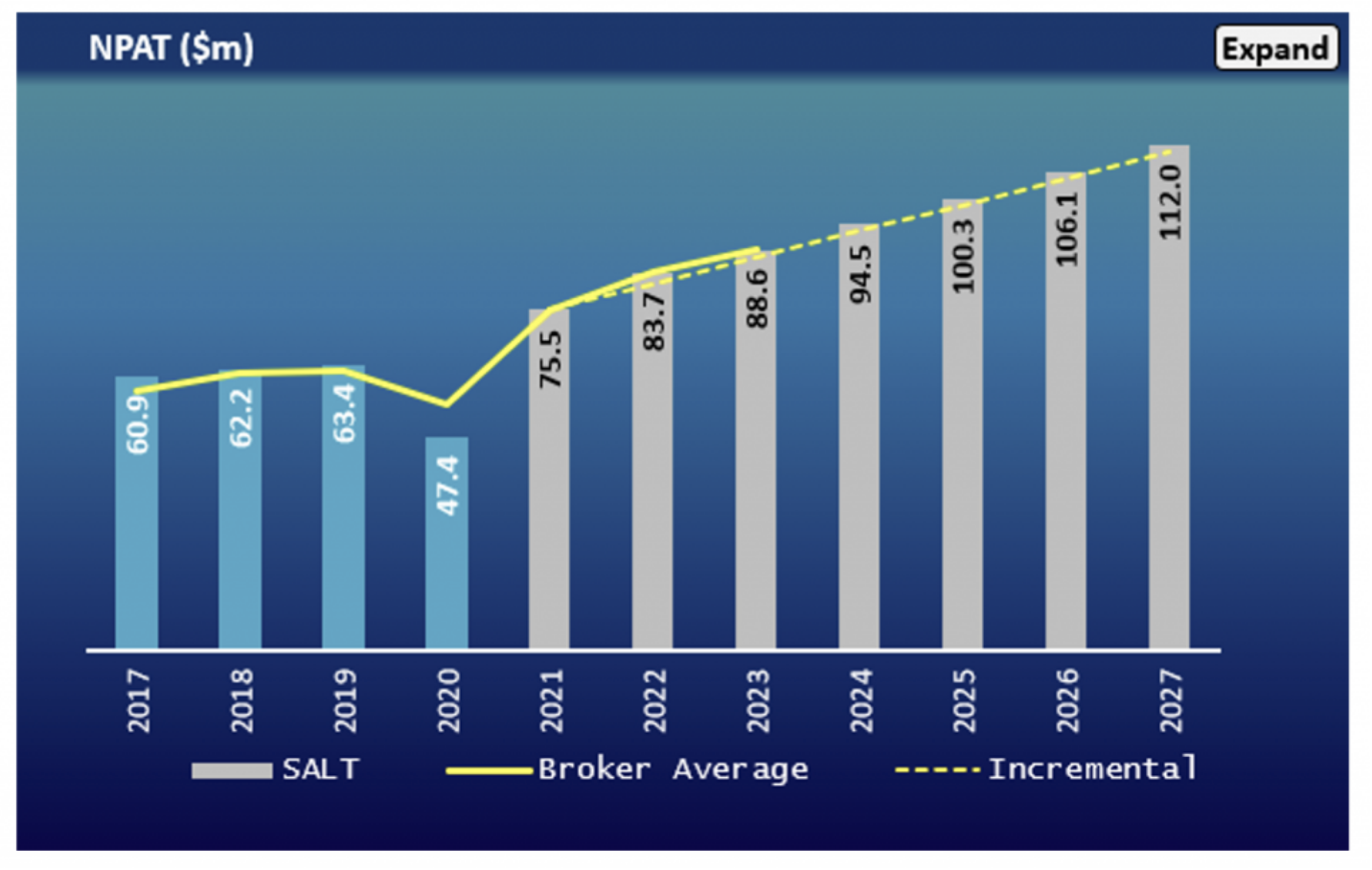What return can you expect on Freightways shares?
Recently, we wrote about the return a long-term investor might expect to earn buying Australian listed equities at today’s prices. The note, which can be found here, concluded that returns in the region of 7.5-8 per cent might be a reasonable estimate – somewhat lower than the returns earned in the past.
The fact that this expected return is lower than historical levels raises a challenge for a disciplined investor seeking to own high quality business trading below intrinsic value: how do you determine intrinsic value if the return hurdles that previously applied are no longer valid? Let’s explore the issue using a stock example that has been part of The Montgomery Fund portfolio for many years – New Zealand-listed Freightways Limited (FRE NZ).
We choose FRE because it is a well-established and relatively stable business that consistently earns a return on investment comfortably above its cost of capital, while delivering a somewhat predictable level of growth. In other words, in terms of pulling together some simple valuation math FRE is a relatively easy mark.
There are many ways of approaching the valuation question, but for this example we’ll proceed by capitalising (valuing) the current FRE dividend, and separately calculating the value of the future growth in that dividend to arrive at a total value for FRE’s equity. Our valuation formula will look like this:

Where div is the current dividend, ROE is return on equity, Reinvestment is the amount of retained earnings reinvested in the business each year, and r is the discount rate.
Eagle-eyed readers will see that this is a version of the Walter dividend valuation model, which assumes a fixed annual amount of annual reinvestment. We can use per-share values for div and Reinvestment and arrive at a per-share valuation, or we can use aggregate values and arrive at a value for the aggregate equity – so long as we’re consistent.
In the case of FRE, broker consensus has the company earnings NPAT in FY21 of NZ$75.5 million, and in applying our valuation we will want div and Reinvestment to sum to NPAT (in other words assuming that all earnings not paid out as a dividend will be retained and reinvested). To estimate the split between the two, a good place to look is the company’s historic reinvestment rates and dividend payout ratio (POR), the latter of which is plotted below. Our internal valuation models suggest a reinvestment rate for FRE going forward of around $25.4 million p.a., which equates to a POR in 2021 of around 66 per cent. Looking past the pandemic impacts, this seems reasonable, so let’s adopt values of div = NZ$50.1 million and Reinvestment = NZ$25.4 million p.a.

The next piece of the valuation puzzle is Return on Equity (ROE). Again, history provides a useful guide, and we show FRE’s historic ROE below. Our valuation models suggest a forecast of 22.9 per cent going forward, which again looks reasonable, so we’ll adopt ROE = 22.9 per cent for our valuation.

Before we move on to the final missing piece – discount rate – we should stop and check what is implied by our forecasts for Reinvestment and ROE. From these two assumptions we can forecast future NPAT for FRE (in simple terms NPAT will grow each year by Reinvestment x ROE or around NZ$5.8 million p.a.).
The forecasts produced by these assumptions are shown (in the grey bars) below[1], and we can see that where broker forecasts are available these forecasts align quite well with the broker consensus forecasts (shown as solid yellow), so we have some additional comfort that the assumptions we are making are not unreasonable. Let’s move on to discount rate.

In the case of discount rate, there are two ways we might proceed. One way is to select a discount rate that we believe is reasonable and use it to derive a valuation. However, in a world where equity returns are likely to be lower than they have been previously, selecting discount rates is a bit more tricky than it would otherwise be.
Another approach is to take the value currently ascribed by the market to FRE and work out what discount rate (or rate of return) is implied by that market valuation. We can then think about whether, in the circumstances, that is a discount rate that we could accept.
In this example, we find that a discount rate of 7 per cent allows our valuation to line up with the current market value of FRE’s equity, which sits at around NZ$1.9 billion. This means that if we are willing to accept a return of 7 per cent p.a. for investing in FRE then the current market price is close to fair value. If we require a higher discount rate than this, FRE shares look expensive.
At first glance, 7 per cent may look a bit light, and in a historical context it probably is. However, recall that our earlier analysis led us to expect a return on ASX-listed equities in the region of 7.5-8 per cent and in the case of FRE, we have a high-quality, relatively predictable business that might well warrant a discount rate below the market average.
To conclude, FRE shares have done very well over the last 12 months, rising by more than 60 per cent to around NZ$11.50 from around NZ$7, and an owner of FRE shares needs to now consider whether it might be time to exit the position. However, even though the return of FRE going forward seems likely to be considerably less attractive than it has been, the same can be said of the market generally.
In other words, an investor who wishes to remain invested in equities probably needs to accept that the opportunities are not as rich as they once were and modify their return expectations accordingly.
On the other hand, equities still offer a meaningful return comfortably above the expected rate of inflation. The same can not be said of all asset classes.
[1] Our model makes some other small adjustments, so the growth varies a bit from year to year but on average is close to $5.8 million p.a.
3 topics

